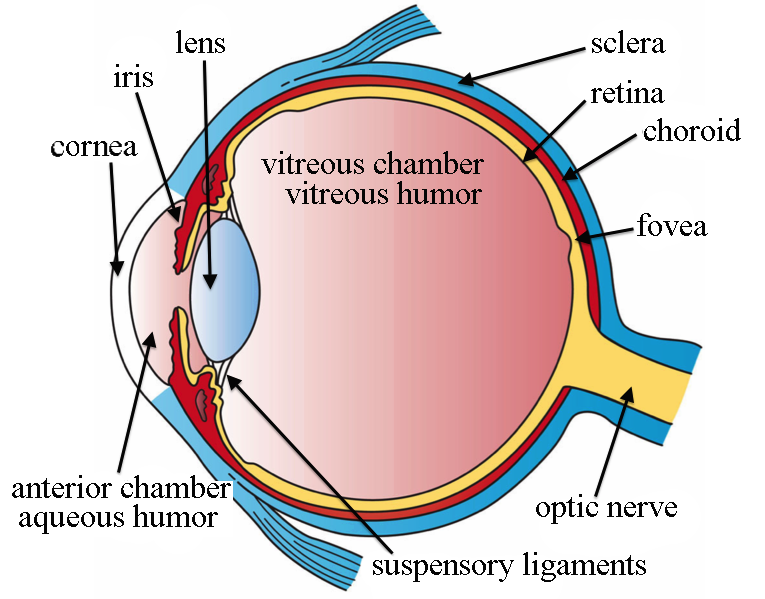Updated on January 20, 2025
What Is Follicular Conjunctivitis?


Vision Center is funded by our readers. We may earn commissions if you purchase something via one of our links.
Follicular conjunctivitis occurs when there’s swelling or inflammation in the conjunctiva. Conjunctivitis is also more commonly known as “pink eye.”
Follicular conjunctivitis features rounded nodules of grey-white follicles in the conjunctiva. These follicles turn pale on the surface and red at the base due to a collection of lymphocytes. These are white blood cells in the immune system.

What are the 4 Types of Follicular Conjunctivitis?
Follicular conjunctivitis can be acute or chronic. The cause of your disease will determine its classification.
There are several types of chronic follicular conjunctivitis:
- Toxic follicular conjunctivitis. A toxic reaction to a specific topical medication. After a doctor performs a lab test to rule out chlamydial infection, they’ll tell you to stop using the medication you’re taking to see if there’s any improvement.
- Trachoma. An infection caused by the bacterium Chlamydia trachomatis. This is typically transmitted by flies.
- Inclusion conjunctivitis. This is a chlamydial infection in your eye. It’s a sexually transmitted infection that spreads through genital-eye contact.
- Follicular conjunctivitis due to molluscum lesions. The molluscum contagiosum virus causes lesions to form around the eyelid margins, infecting the conjunctiva and causing a follicular reaction.
If inclusion conjunctivitis isn’t treated correctly, the infection can remain for more than three weeks. Meanwhile, without treatment, trachoma can result in blindness.
What Causes Follicular Conjunctivitis?
The different types of follicular conjunctivitis are caused by different triggers. For example, the most common cause of acute follicular conjunctivitis is viral infections.
Viral infections linked with acute cases of the eye condition include:
- Epidemic keratoconjunctivitis
- Herpes zoster keratoconjunctivitis
- Infectious mononucleosis
- Epstein-Barr virus
Bacterial infections like chlamydia may also cause acute follicular conjunctivitis. In these cases, an eye doctor uses the term “inclusion conjunctivitis” to describe the condition.
Chronic follicular conjunctivitis can be caused by viral or bacterial infections or a reaction to topical medication. This type of infection can have two clinical forms: trachoma and inclusion conjunctivitis.
What are the Symptoms of Follicular Conjunctivitis?
The most common symptom of follicular conjunctivitis is an excess of blood in the eye vessels (hyperemia). This results in a reddish-pink eye.
Another symptom is chemosis, which is caused by fluid collection in the eye and causes swelling. This gives the eye a blister-like appearance.
Other symptoms include:
- Watery pus discharge from the eye
- Light sensitivity, pain, or discomfort (Photophobia)
- Pain in, around, or behind the eye
How is Follicular Conjunctivitis Treated?
Treatment for follicular conjunctivitis is based on the cause of infection. For chlamydial infections, eye care clinicians may prescribe an oral antichlamydial antibiotic.
All regular sexual partners should be treated to prevent the infection from reappearing.
In cases with molluscum lesions, an eye surgeon will remove the lesion. The surgeon will do this either by excision or curettage. These processes involve scooping or scraping tissue.
What are Some Home Remedies for Follicular Conjunctivitis?
For viral follicular conjunctivitis, eye doctors recommend patients stop wearing contacts. Most cases self-resolve within two weeks.
Other remedies include:
- Frequent handwashing and disinfection
- No use of cosmetic products
- Cold compress
- Artificial tear eye drops
Eye care clinicians may prescribe topical corticosteroids. This treatment is in cases with photophobia and decreased vision.
How to Prevent Follicular Conjunctivitis
The best way to prevent follicular conjunctivitis is to maintain proper hygiene. Wash your hands frequently and avoid touching your eyes. If you have to touch them, make sure your hands are clean first.
Don’t share razors, towels, toothbrushes, and other personal items with others. To avoid reinfection, you should replace or disinfect any eye products you’ve used on infected eyes.
Lastly, if you wear contacts, replace them when they expire. You should also handle and store them properly to avoid infection.
In this article
6 sources cited
Updated on January 20, 2025
Updated on January 20, 2025
About Our Contributors
Mara Sugue, with a B.A. in Social Sciences, is a dedicated web content writer for Vision Center. She is committed to making eye health research accessible and understandable to people from diverse backgrounds and educational levels. Her writing aims to bridge the gap between complex vision health topics and readers' needs for clear, factual information.
Dr. Melody Huang is an optometrist and freelance health writer with a passion for educating people about eye health. With her unique blend of clinical expertise and writing skills, Dr. Huang seeks to guide individuals towards healthier and happier lives. Her interests extend to Eastern medicine and integrative healthcare approaches. Outside of work, she enjoys exploring new skincare products, experimenting with food recipes, and spending time with her adopted cats.

